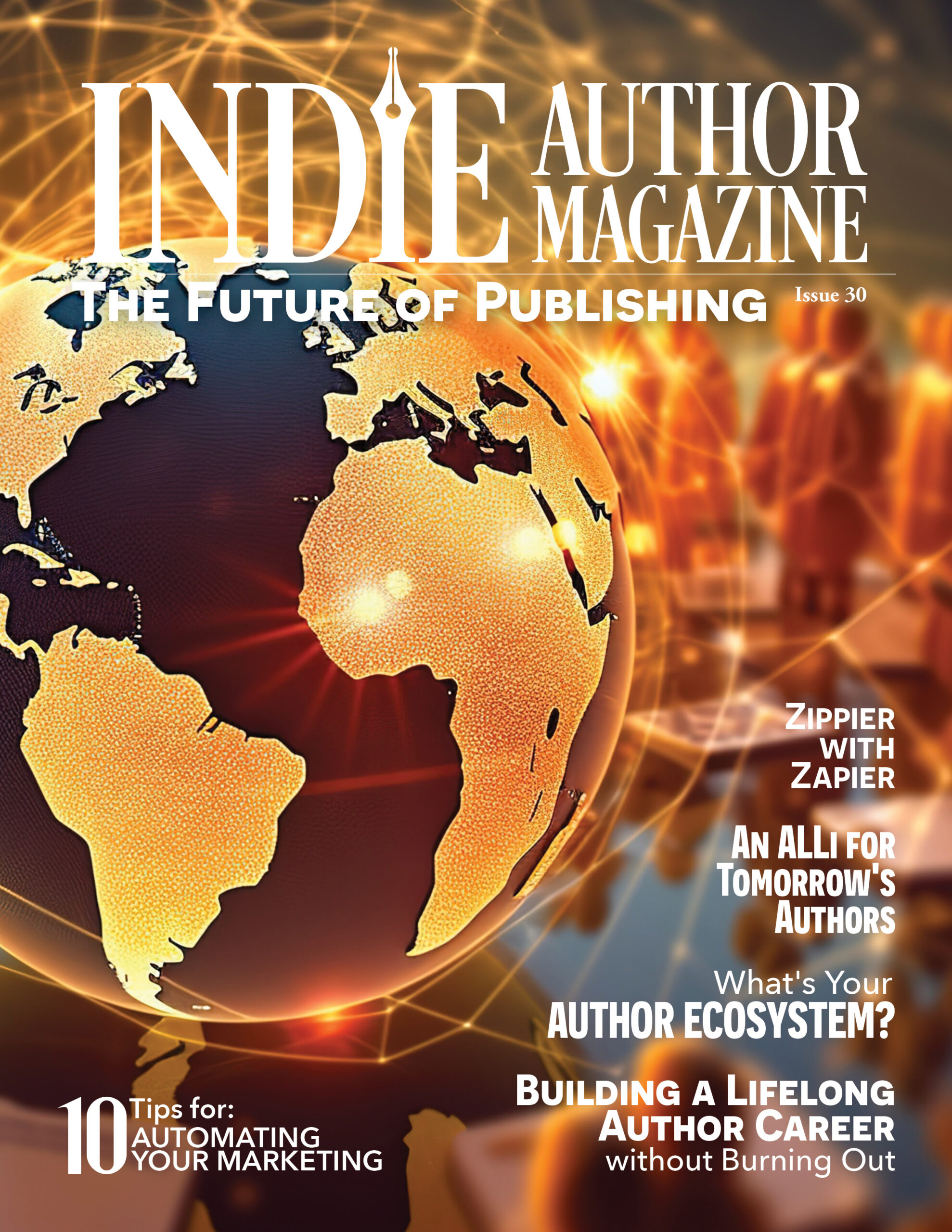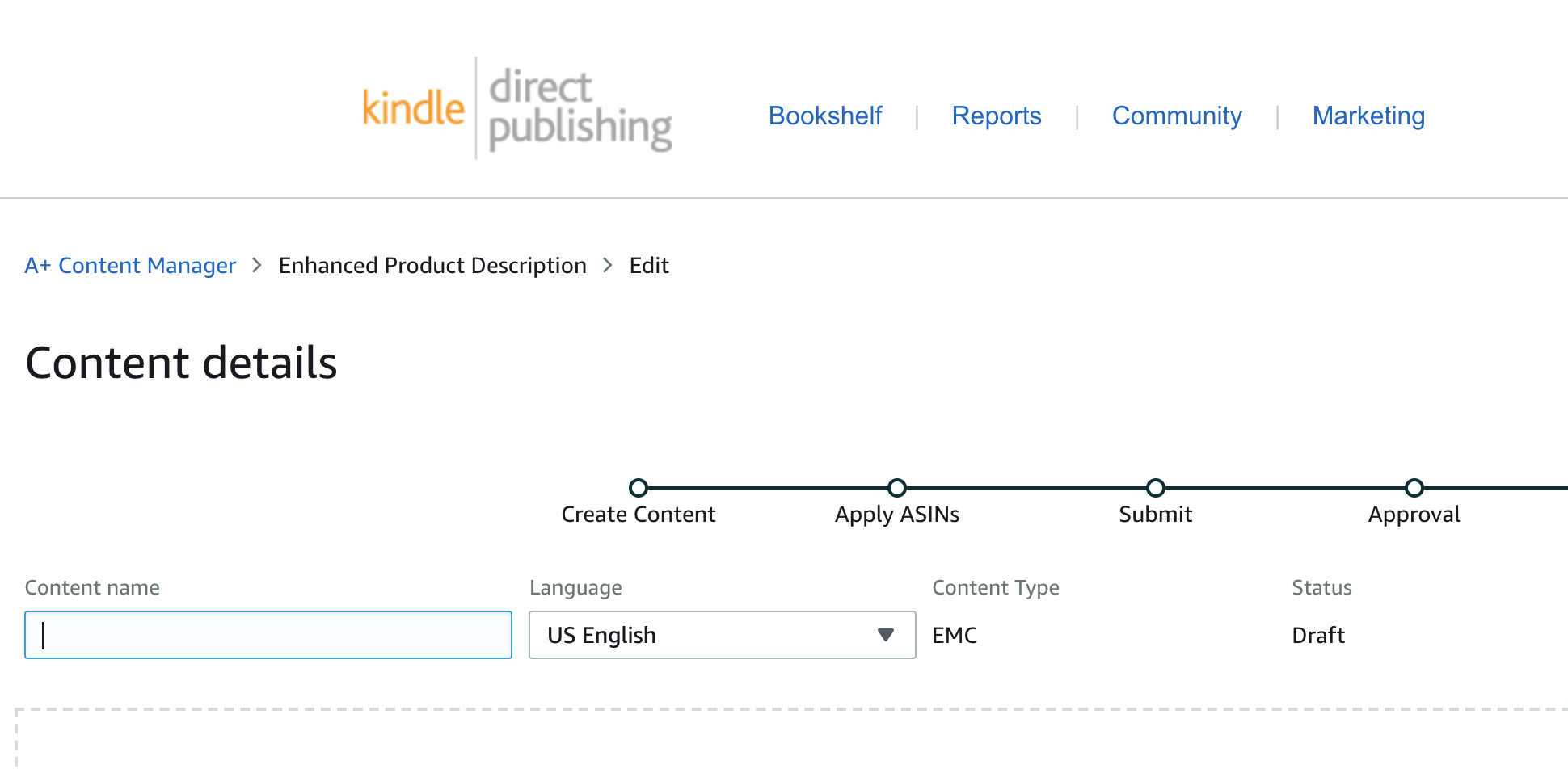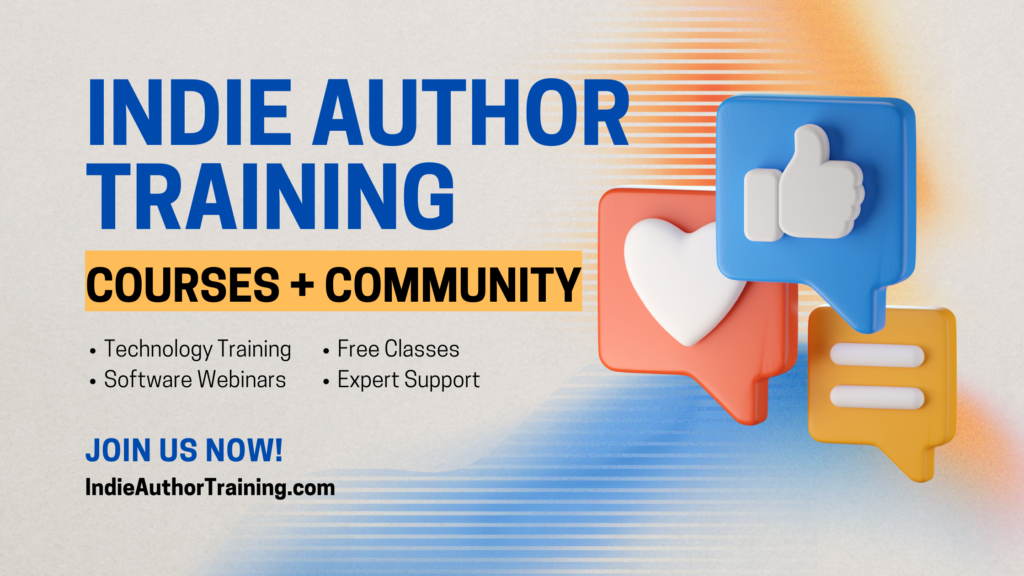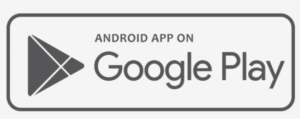Breaking Down The Newest Marketing Feature in Kindle Direct Publishing
Standing out in a crowd is rarely fun—unless you’re trying to sell books, that is. But it’s not always easy. After all, eBook sales are an ever-growing force to be reckoned with, up more than sixteen percent in 2020, according to the New York Times. And amid the coronavirus pandemic, statistics from the American Booksellers Association suggest many readers are still opting to shop for books online.
Especially on Amazon, one of the world’s largest online book retailers, it can be difficult to make yourself seem distinct to readers among the thousands of authors who market books on the site. Yet that might be changing for the better.
This past July, Amazon announced the ability to create A+ Content, previously only available to select publishers, would now be available for any author to use. The feature provides authors more flexibility in marketing their books and can spark sales—if used correctly.
What is A+ Content?
At its most basic, A+ Content provides additional information to readers in a more eye-catching, engaging format. Rather than just plain text, authors can add images, text layouts, and comparison tables to a product description on its detail page. The feature is available for some other sellers on Amazon too, but it’s a great way for authors in particular to shape their online presence and entice readers, according to Written Word Media.
Amazon does require sellers follow specific guidelines with A+ Content. Sellers can’t include pricing or promotional details, so avoid wording such as “free” or “buy now!” Amazon also restricts time-sensitive wording from the feature, such as advertising a book as the “newest release” or referring to Kindle Unlimited. That also means avoiding references to the holiday season. Amazon prohibits customer reviews in A+ Content, though editorial reviews are allowed on the site’s Author Pages. And authors can include up to four publication quotes only if they’re credited to well-known publications or public figures. The best rule of thumb? If you wouldn’t put it on the book cover, don’t include it in your A+ Content.
Much like other content uploaded with Kindle Direct Publishing, Amazon will approve A+ Content before it appears on the site. According to KDP, A+ Content that meets Amazon’s guidelines should appear on a book’s detail page within eight business days, and for some authors on KDP discussion boards and the Facebook group 20BooksTo50K, it’s taken even less time. “I’ve had some approved within three seconds, so nobody actually looked at those,” says author Skye MacKinnon. “I’ve had others which took about a week.” She says some of the longer approval times she and a friend have observed happened with similarly worded content they created.
“For adult books, we both used ‘sexy’ in the text somewhere, and both of them weren’t approved yet,” she says. “I switched ‘sexy’ to ‘hunky,’ and it was approved within seconds, so they must have some algorithms that check for certain words and then have them manually checked. She changed hers to ‘hot,’ and it still hasn’t been approved.”
A+ Content can only be added to the Amazon Marketplace once a title is live for purchase or preorder, and authors must link content to specific titles through their ASINs. However, A+ Content can be assigned to multiple ASINs simultaneously, so there’s no need to recreate anything if you’re designing content for multiple books in the same series, for instance. Once published, associated content will appear on a book’s product page in a section called “From the Publisher.”
How do you create it?
Beyond having to adhere to Amazon’s guidelines, authors have plenty of flexibility when it comes to A+ Content. Creating the content is also fairly straightforward—at least to start out. KDP offers seventeen modules for A+ Content within the A+ Content Manager, and up to five can be used with each layout.
To find the A+ Content Manager, visit the “Marketing” tab on your KDP account page, and select a marketplace. From there, follow the prompts to create new or edit existing content, including selecting modules and inserting text and images. Assign your completed layout to a specific ASIN, then submit it to Amazon for review. If your book is available in multiple marketplaces, don’t worry about recreating anything—after your A+ Content is published, Amazon will copy a draft of the content into other marketplaces where a book is sold that can then be published, as long as those marketplaces support the same language.
Just creating content for the sake of it isn’t necessarily enough though. “This is one of those places where those people with design skills are going to have a huge advantage over people without, and it could be the case that, without design skills, if you put up something ugly, it actually won’t help sell the book,” Derek Murphy, author and book cover designer, said in a YouTube video he published about the A+ Content feature.
To ensure the content published is clean and eye-catching, Murphy recommends keeping designs simpler and using online graphic design websites to create image and text layouts. MacKinnon says she’s used Canva to help design some of her A+ Content and to ensure images kept their correct dimensions. She also had her own recommendations based on how A+ Content appears on Amazon’s mobile site.
“If you look at it in the Amazon app or on a mobile, the A+ Content is shown before the actual blurb, so if you only put pretty images in your A+, people might not scroll all the way down to the blurb. And if the image doesn’t attract them, then you’ve lost them,” MacKinnon says. “Since finding that out, I’m now trying to put some more text into the A+ Content, putting in a blurb or a quote from the book—something to read, something that immediately tells them what the book is about.”
Why does it matter for authors?
Even after only having A+ Content published with her books for a few weeks, MacKinnon has already seen positive results. One of her children’s books had almost doubled sales in the beginning of September, and the A+ Content she’d added was the only change she could pinpoint that might’ve caused the sudden uptick. In general, she likes that the feature is customizable and looks professional with a little bit of effort.
Some authors are a bit more critical. In the Facebook groups 20BooksTo50K and Wide for the Win, a number of people have commented that they dislike having something else to design or add to their to-do list when marketing their books.
On the other hand, Murphy says he thinks many people will create content for its novelty or for the sake of having it without caring how it’s designed. “This is going to become MySpace really quickly in the sense that, allowing indie authors to upload more design content, a lot of indie authors are going to want to play around with this,” he said in his video.
Still, MacKinnon says she thinks A+ Content will stick around, and though she doesn’t think it will become a marketing necessity, she believes the feature is useful and, at the very least, a fun tool for authors to explore.
“It’s a great tool, and I think we should all play around with it and see how it works and then share our findings because things like the whole ‘sexy,’ ‘hot,’ ‘hunky’ I wouldn’t have found without talking with some other author who had the same issue,” MacKinnon says. “So sharing information always helps.”
SIDEBAR:
If the name “A+ Content” dredges up memories of grade school, rest assured Amazon’s new feature won’t show up on your report card anytime soon. Still, the content approval process is strictly pass/fail. Here’s a more complete list of the wording Amazon suggests authors avoid:
- Affordable
- Bonus
- Free
- Buy now
- Add to cart
- Get yours now
- Shop with us
- Now
- New
- Latest
- On sale now
- The best yet
Additionally, Amazon asks authors to spell out all numbers under ten, use correct punctuation—including Oxford commas, and capitalize each major word in headings. Any images also need to be published with a minimum resolution of 72 dpi, or dots per inch. It’s a lot to keep track of, but don’t fret. In this class, you’re allowed to revise your work and try again as often as you’d like.




